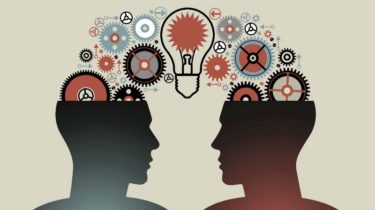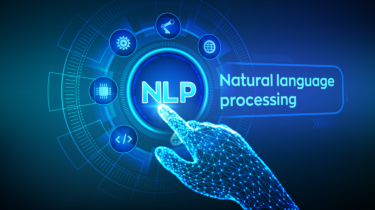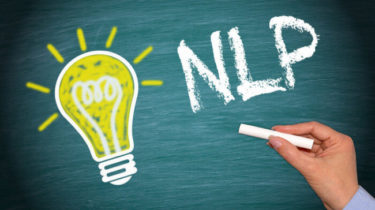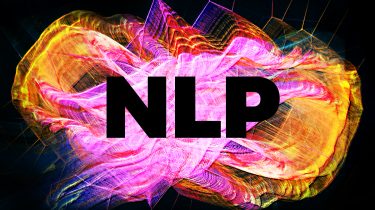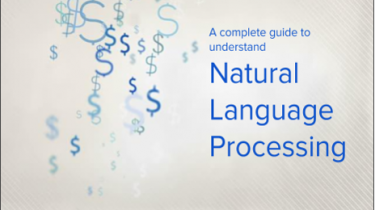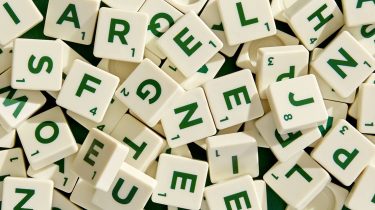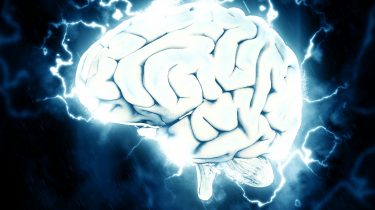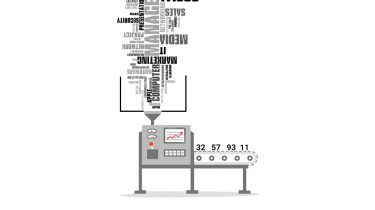Feature Extraction and Embeddings in NLP: A Beginners guide to understand Natural Language Processing
This article was published as a part of the Data Science Blogathon Introduction In Natural Language Processing, Feature Extraction is one of the trivial steps to be followed for a better understanding of the context of what we are dealing with. After the initial text is cleaned and normalized, we need to transform it into their features to be used for modeling. We use some particular method to assign weights to particular words within our document before modeling them. We go […]
Read more
